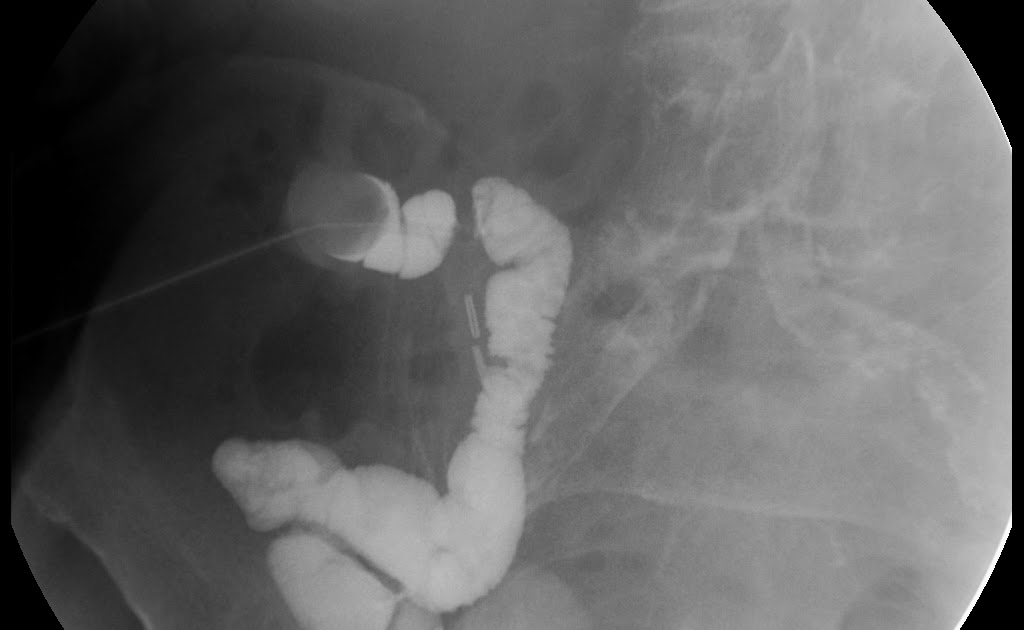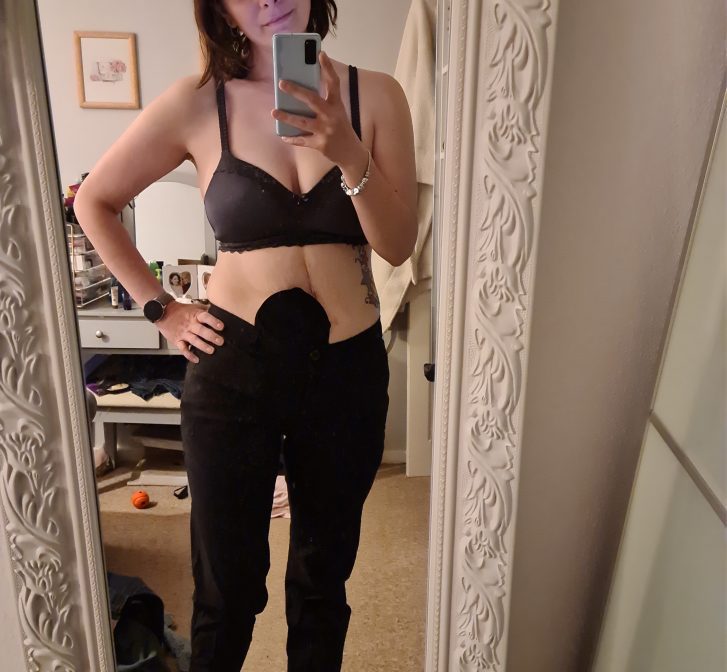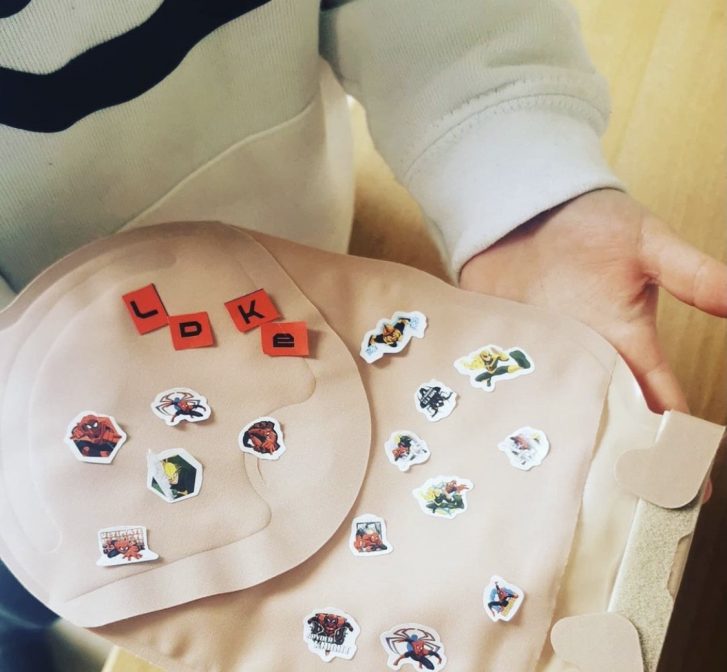What is a loopogram?
Why do I need to have a loopogram? What happens during one?
Those with a stoma could possibly have one of these carried out. The loopogram is carried out to primarily ascertain any issues you may be having with your stoma, i.e. blockages, scar tissue or chronic inflammation for those of us with IBD.
I had one of these carried out in May of last year and I completely forgot to blog about the ins and outs of the procedure itself.
What does the procedure involve?
I find this test less invasive and to be honest, I was only slightly perturbed when they blew up the balloon to hold the catheter in place.
As always, you will have to fast for this procedure. For those of you who are having the defunct part of your bowel examined, then please do loiter around the hospital for an hour or so. The contrast that goes in needs to come out, as I experienced, much to my dismay, en route home via the train. I had to make a mad dash for the toilet during rush hour, which was not one of my finest moments.
You will need to take a spare stoma kit with you, as they will need to take the bag off to insert the catheter into the stoma.
What happens?
You will be taken into the screening room and asked to lie down on the fluoroscopy table. The fluoroscopy equipment uses x-rays to obtain real-time moving images of the body. A small beam of continuous x-rays passes through the body to an image intensifier, which is suspended over the x-ray table. The sequence of images produced can be viewed on a computer monitor. X-ray pictures are taken of the abdomen. A small tube is then gently inserted into the stoma. A balloon on the end of the tube may be inflated with a small amount of water, in order to help retain the tube in the correct position within the bowel, then a small amount of contrast (x-ray dye) is injected into the bowel through the tube while x-ray pictures are taken. You may be asked to lie in different positions while images are taken. The procedure takes about 20-30 minutes to complete.
After the procedure
You will need to put on a new stoma bag and off you go. You may experience a bloated feeling as the bowel is distended with contrast during the procedure, but it should not be painful. Minor bleeding can occur from the sinus/fistula. The risk of infection is small. You will normally get the results about two to four weeks after the procedure.
I hope this is a help for those who may be requiring this procedure.
Many thanks for reading,
Louise X
*If you believe you are dehydrated or need to empty your pouch more than usual, as the stool is watery, then contact your SCN or GP immediately.
*Disclaimer*
This blog post is intended to give advice to ostomates. The information given is based on Louise’s personal experience and should not be taken as clinical advice. Each ostomates needs are unique to them and their stoma care routine. Please consult with your Stoma Care Nurse before undertaking any changes to your stoma care routine.








